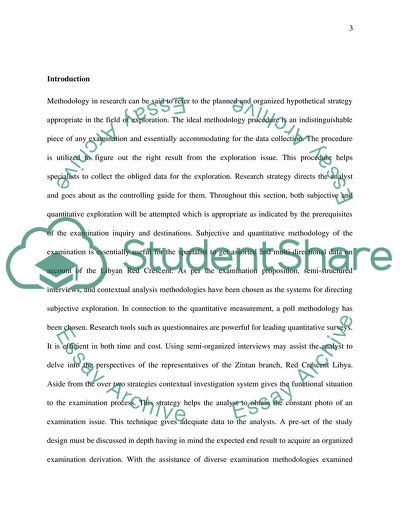Cite this document
(“Research Strategy-Qualitative and Quantitative Aspects Essay”, n.d.)
Research Strategy-Qualitative and Quantitative Aspects Essay. Retrieved from https://studentshare.org/statistics/1877236-chapter-3-research-methodology
Research Strategy-Qualitative and Quantitative Aspects Essay. Retrieved from https://studentshare.org/statistics/1877236-chapter-3-research-methodology
(Research Strategy-Qualitative and Quantitative Aspects Essay)
Research Strategy-Qualitative and Quantitative Aspects Essay. https://studentshare.org/statistics/1877236-chapter-3-research-methodology.
Research Strategy-Qualitative and Quantitative Aspects Essay. https://studentshare.org/statistics/1877236-chapter-3-research-methodology.
“Research Strategy-Qualitative and Quantitative Aspects Essay”, n.d. https://studentshare.org/statistics/1877236-chapter-3-research-methodology.


